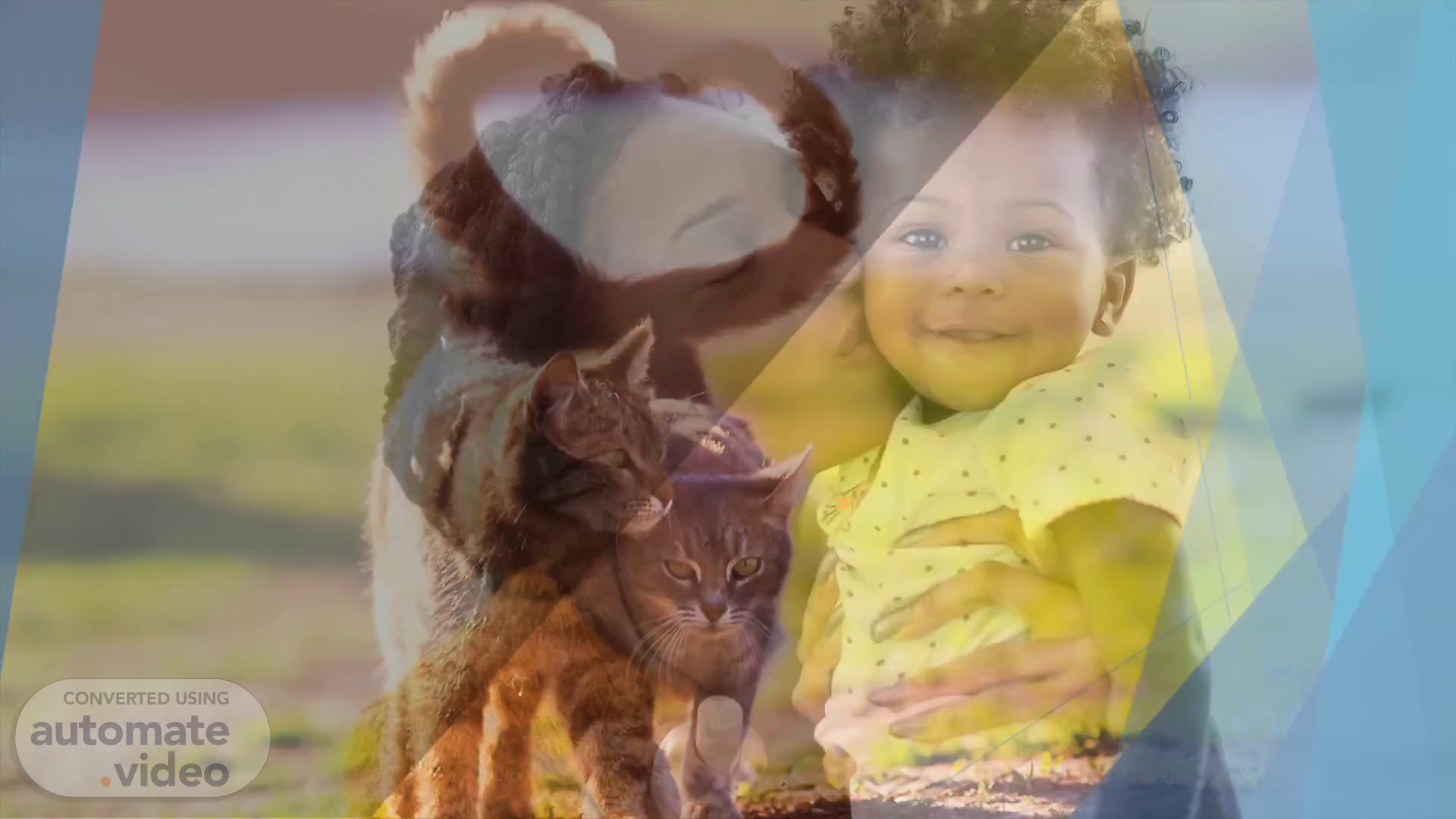Scene 1 (0s)
[Audio] Hello and welcome to this training on the Development Matters framework. The Development Matters framework is a set of guidelines for early years educators that supports children's learning and development during the early years of their education. In this training, we will be covering the seven areas of learning and development covered by the framework, as well as the importance of partnerships between educators, children, and their families, and the role of play in early years education. By the end of this training, you will have a better understanding of the Development Matters framework and how you can use it to support children's learning and development in the early years..
Scene 2 (38s)
[Audio] The Development Matters framework is a set of guidelines for early years educators. It was developed by the Early Years Foundation Stage ( EYFS) in the United Kingdom and is used in early years settings such as nurseries, preschools, and primary schools. The framework covers the period from birth to the end of the Reception year (age 5). It is split into seven areas of learning and development: Personal, Social, and Emotional Development Communication and Language Physical Development Literacy Mathematics Understanding the World Expressive Arts and Design Each of these areas is broken down into smaller, more specific areas of learning, and children's progress is measured against a set of age-related expectations known as the Early Learning Goals..
Scene 3 (1m 37s)
[Audio] Let's take a closer look at the seven areas of learning and development covered by the Development Matters framework. The first area is Personal, Social, and Emotional Development. This area includes learning about and developing self-awareness, self-regulation, and social skills. It includes things like forming relationships with others, managing emotions and behaviours, and developing a sense of self. The second area is Communication and Language. This area focuses on the development of communication skills, including speaking, listening, and understanding language. It also includes the development of literacy skills, such as reading and writing. The third area is Physical Development. This area covers the development of gross and fine motor skills, as well as the development of health and self-care skills. It includes things like developing control over movement, using tools and equipment, and developing an understanding of healthy habits. The fourth area is Literacy. This area focuses on the development of reading and writing skills, as well as the development of an understanding of the sounds and symbols of language. The fifth area is Mathematics. This area covers the development of an understanding of numbers and mathematical concepts, as well as the development of skills in problem-solving and reasoning. The sixth area is Understanding the World. This area includes learning about the world around us, including people, places, and the environment. It also includes the development of scientific thinking and understanding. The seventh area is Expressive Arts and Design. This area covers the development of creativity, imagination, and artistic expression, as well as the development of skills in design and technology. These seven areas are interconnected, and children's development in one area can affect their development in others..
